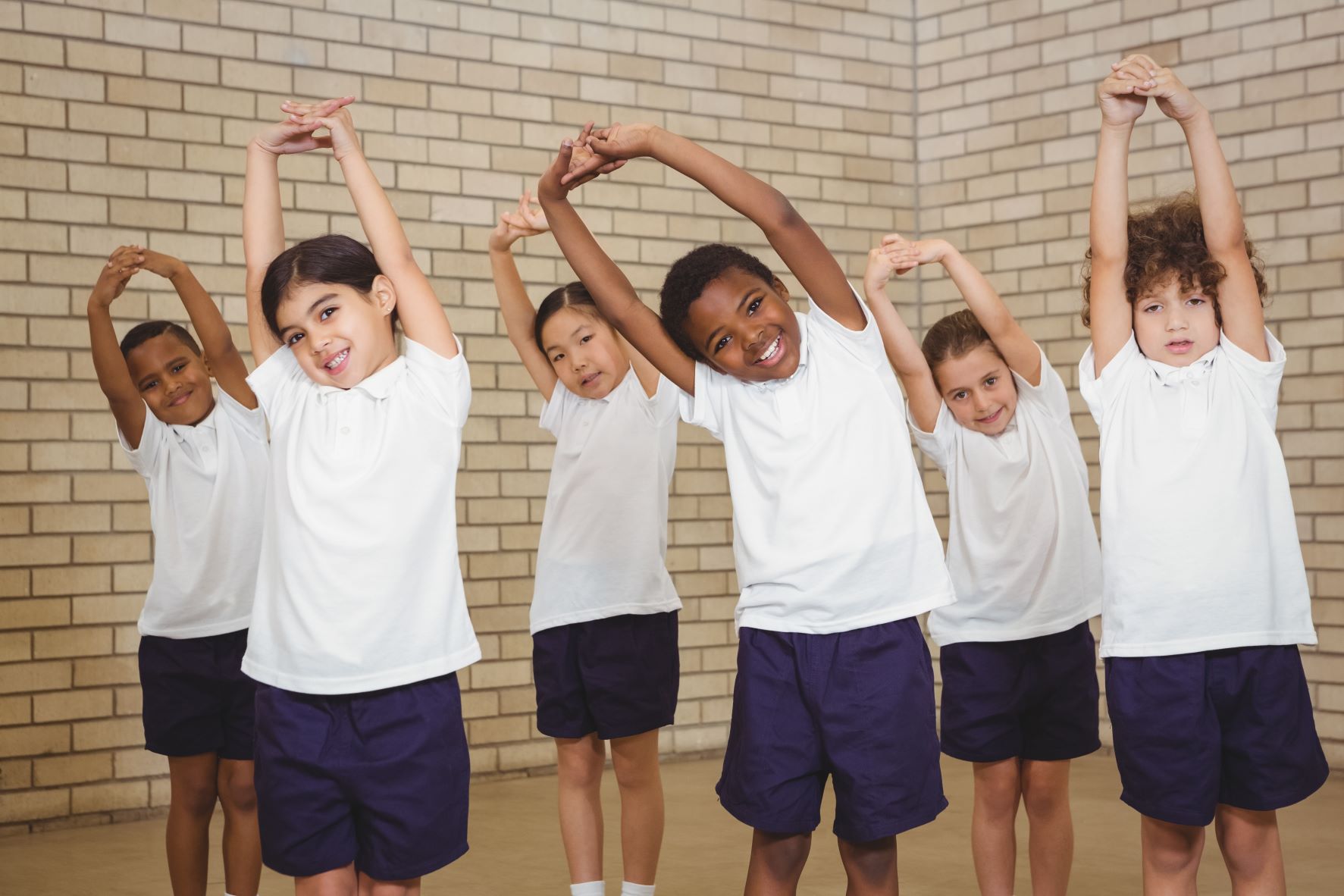Somatic Stretching: How Students Can Benefit From These Exercises
Every teacher has experienced the moment when they realize their students are burnt out. Perhaps you’re in the middle of a long lesson, or they’re taking a tiring exam. You realize you’ve lost them — they’re listless, squirmy, and unfocused.
In these moments, somatic stretching could be a great mindful tool to help your students recharge. Today, we’ll explain how somatic stretching can benefit your students, and give you 3 easy ideas to start with.
What is Somatic Stretching?
You’ve probably heard of, and probably even engaged in, simple stretching exercises before. You might stretch to warm up before exercising, or to try to ease tension in your muscles.
Somatic stretching takes these stretches one step further by incorporating somatics. Somatics is an area of study that emphasizes the connection between the mind and the body for healing.
Thomas Hanna founded the field of somatics in the 1970s. He claimed that by moving slowly and gently, and being aware of how certain movements feel in our bodies, we can start to heal. “Somatic Exercises change your muscular system by changing your central nervous system,” Hanna wrote in his book, Somatics - Reawakening the Mind's Control of Movement, Flexibility, and Health (excerpted by the Somatic Systems Institute).
Somatic exercises are slow, intentional, and gentle. They should never be painful.
Many different kinds of movements can be considered somatic, like dance, yoga, and Tai Chi. Somatic stretching is the act of stretching with the philosophy of somatics.
This isn’t the same thing as somatic experiencing therapy, a type of psychotherapy that uses somatic movements to treat things like PTSD. Only trained therapists can use somatic experiencing therapy, but anyone can use somatic stretching to help themselves or others.
How Somatic Stretching Can Benefit Your Students
Somatic stretching is often used to help people with chronic physical conditions like arthritis or sciatica. But it can also be used for stress relief, which is likely the main benefit that it will have for your students.
Research has found that stress, especially when it’s chronic, can get in the way of the learning process. When kids know how to manage their stress, they benefit from:
- Improved memory
- Better planning abilities
- Stronger inhibition and impulse control
Stretching can also help your students refocus and re-energize. Children have a hard time sustaining attention on one single task for an overly long period of time. By taking small breaks for somatic stretching, students can become grounded in their bodies and return to their studies reengaged.
Somatic Stretching Exercises You Can Do in the Classroom

Before engaging your students in somatic stretching, remind them that these movements should always feel good — never painful. What makes somatic stretching different from other types of movement is that somatic movement invites you to pay close attention to how each small stretch feels in the body.
Take your students through these exercises slowly and gently. Ask them, periodically, to notice how each movement makes them feel. What is coming up for them? What type of movement would feel good for them right now?
The goal isn’t to perform each stretch perfectly (for example, to be able to touch their toes). It is simply about moving the body and noticing how it feels.
Here are 3 simple somatic stretching exercises you can easily do with your students in the classroom with no equipment.
Hand and finger stretch
Invite your students to put their hands out in front of them. Then, slowly ask them to stretch their fingers out wide. Ask them to notice how it feels. You can encourage them to make any movements with their hands that feels good to them. For example, they could rotate their wrists in one direction, then another. They could open and close their fists, or bring their hands up to the sky.
Neck tilt
Ask your students to tilt their heads in one direction to stretch their necks. They should not bend their neck more than is comfortable. Remember, all somatic stretches should be comfortable and pain-free. They might choose to place a hand on their head to help them stretch, if that feels good. Then, slowly, they can tilt their head in the other direction. They can slowly and mindfully roll their heads toward the front if that feels good for them.
Back stretch
This stretch can be done standing up or sitting down. Younger students may enjoy doing this exercise sitting down. Whether they are sitting or standing, have your students bend their bodies at their hips to reach toward their toes. Remind them that the goal is not to force themselves to touch their toes. It’s simply to stretch their backs in a way that feels good.
Tell your students they can make adjustments as they wish to. For example, if they’re standing and reaching down, they may like to swing from side to side.
While doing these stretches, consider asking your students to stretch in silence or play some relaxing music. Afterward, hold a discussion about how they feel after stretching, compared with how they felt before.
Calm Classroom is one of the nation’s biggest school-based mindfulness providers. Our staff can work with your district’s teachers to recommend somatic and mindful stretching exercises that are appropriate for your students. Get in touch with us today.





SIGN UP FOR OUR NEWSLETTER